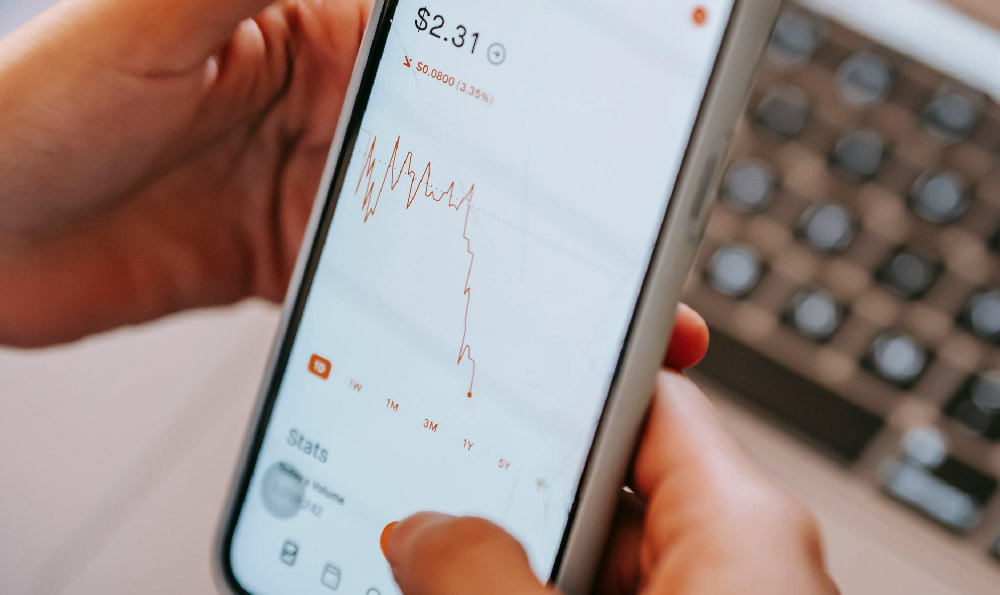The average physical therapist salary is a topic that reflects both the value of healthcare services in modern society and the evolving dynamics of the medical profession. In 2023, the median annual wage for physical therapists in the United States stands at approximately $91,900, according to the U.S. Bureau of Labor Statistics, yet this figure is not static—it shifts with economic conditions, technological advancements, and demographic changes. To understand the broader implications of this salary, one must examine the factors that influence earnings, the job market's response to industry trends, and the long-term prospects for professionals entering or remaining in the field. The interplay between these elements shapes not only individual career trajectories but also the feasibility of investing in this sector, whether through education, practice, or other financial instruments.
Physical therapy is a profession that demands significant education and certification, which often correlates with higher earning potential. The journey to becoming a licensed physical therapist typically involves a Doctor of Physical Therapy (DPT) degree, which requires a bachelor’s degree, three years of graduate study, and supervised clinical experience. This substantial investment in education can influence both the entry-level salary and long-term career growth. For instance, recent graduates may start with an average of $65,000 to $75,000 per year, while those with specialized training, such as in sports rehabilitation or neurology, can command higher rates. However, the return on this educational investment is not solely measured in income; it also hinges on the ability to adapt to changing healthcare systems, including the rise of managed care and the integration of telehealth services. As these shifts occur, the way physical therapists deliver care—and consequently their compensation—may evolve, emphasizing the importance of dual expertise in clinical practice and financial acumen.
The job market for physical therapists is influenced by a complex web of factors, including population aging, chronic disease prevalence, and insurance coverage policies. In an aging society, the demand for rehabilitation services is expected to rise, as older adults require physical therapy to manage age-related conditions such as arthritis, stroke recovery, or post-surgical mobility. Concurrently, the growing prevalence of chronic illnesses, such as diabetes and obesity, has increased the need for preventive and rehabilitative care, further driving demand. However, the financial landscape is not without challenges. Insurance providers, including Medicare and private insurers, often impose restrictions on coverage, which can affect the volume of patients a therapist sees and their overall revenue. These constraints necessitate a nuanced approach to practice management, where therapists must balance clinical quality with cost-effectiveness—skills that can enhance both their earning potential and business resilience.

Geographic variation plays a critical role in determining salaries, as urban areas with higher living costs and greater access to healthcare facilities tend to offer higher wages compared to rural regions. For example, physical therapists in metropolitan centers like New York or Los Angeles may earn $10,000 to $15,000 more annually than their counterparts in smaller towns. Additionally, the shift toward private practice and the expansion of outpatient care settings have created new opportunities for income diversification. Therapists who own clinics or work in partnerships can generate higher earnings through multiple revenue streams, such as direct billing to private insurance, self-pay clients, and collaborations with fitness centers. This trend underscores the importance of financial planning for professionals, as they must navigate the costs of establishing and maintaining a practice while leveraging market demand to maximize profitability.
Technological advancements are also reshaping the industry, with innovations in virtual care and wearable health devices altering the traditional model of physical therapy. Telehealth services, which became prominent during the pandemic, now offer therapists the ability to reach patients in remote locations, potentially expanding their client base and reducing overhead costs. However, this shift also requires therapists to invest in digital tools and adapt to new delivery methods, which may impact their time management and income structure. The integration of artificial intelligence and data analytics in patient care further highlights the need for continuous learning, as professionals must stay updated on cutting-edge developments to remain competitive and optimize their practice's efficiency.
For investors, the physical therapy sector presents unique opportunities. As the population ages and the demand for rehabilitation services grows, the industry is poised for expansion, which could drive up salaries and create attractive returns on investment. However, the financial viability of entering this field depends on factors such as location, specialization, and the ability to manage operational costs. Investors considering education or practice ventures must also weigh the risks of regulatory changes, insurance policy adjustments, and the competitive landscape, where increasing numbers of professionals may strain job market dynamics. Despite these challenges, the sector's resilience and growth potential make it a compelling area for financial consideration, provided that practitioners and investors alike are prepared to adapt to a rapidly changing environment.
In conclusion, the average salary for physical therapists is not merely a numerical value but a reflection of broader socioeconomic and healthcare trends. As professionals navigate the complexities of education, practice, and technology, their financial planning must be equally dynamic. For those considering careers in this field or investing in related opportunities, a deep understanding of these factors is essential. The future of physical therapy—and its financial implications—will likely be shaped by the interplay between aging populations, technological innovation, and evolving healthcare policies, making it a field worth both attention and strategic investment.












